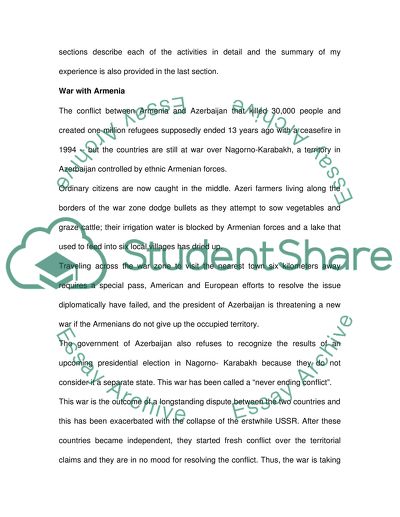Cite this document
(“Communityy service Essay Example | Topics and Well Written Essays - 2500 words”, n.d.)
Retrieved from https://studentshare.org/miscellaneous/1548786-communityy-service
Retrieved from https://studentshare.org/miscellaneous/1548786-communityy-service
(Communityy Service Essay Example | Topics and Well Written Essays - 2500 Words)
https://studentshare.org/miscellaneous/1548786-communityy-service.
https://studentshare.org/miscellaneous/1548786-communityy-service.
“Communityy Service Essay Example | Topics and Well Written Essays - 2500 Words”, n.d. https://studentshare.org/miscellaneous/1548786-communityy-service.


